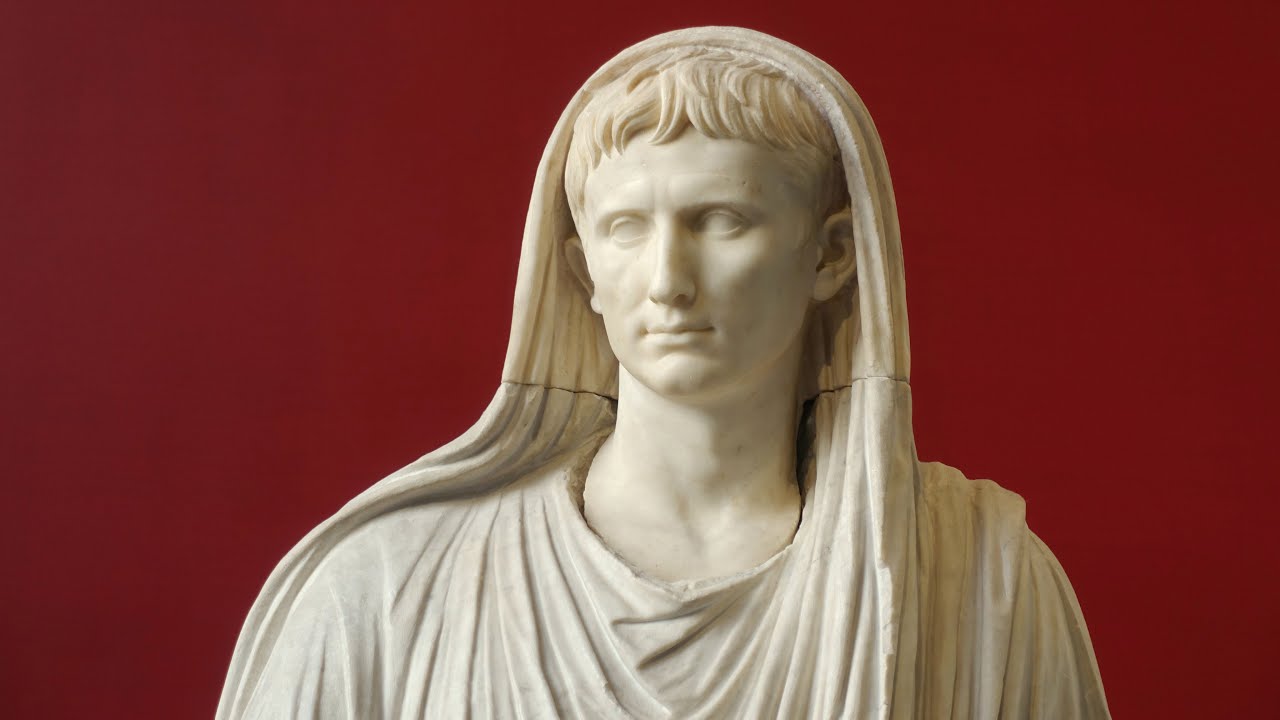✅✅✅¿Cómo vivían los romanos? ✅✅✅ La vida en la Antigua Roma
Summary
TLDRThe video explores the fascinating life of ancient Rome, highlighting its remarkable achievements, from monumental architecture to a complex religious system that evolved from polytheism to Christianity. It delves into daily routines, including work, leisure, and communal bathing practices, illustrating social classes and the stark realities of slavery. The entertainment culture, featuring gladiatorial games and theatrical performances, reflects both the brutality and vibrancy of Roman society. It also examines gender roles and social inequalities, ultimately depicting a civilization that profoundly influenced the world, both culturally and politically.
Takeaways
- 😀 Ancient Rome was a remarkable civilization known for its impressive monuments like aqueducts and amphitheaters.
- 😀 Romans were polytheistic, worshiping many gods, with their deities often mirroring those of the Greeks.
- 😀 The assimilation of Greek mythology into Roman culture is known as syncretism.
- 😀 The rise of Christianity in the 1st century AD transformed Roman religious practices, leading to its eventual status as the official religion by 380 AD.
- 😀 Daily life in Rome varied by social class, with many workers laboring from dawn until noon while wealthier citizens enjoyed leisure time.
- 😀 Public baths (thermae) were a vital part of Roman social life, where people bathed, relaxed, and socialized.
- 😀 Public toilets were common in urban areas, utilizing communal facilities with water to carry waste away.
- 😀 Romans enjoyed theatrical performances and often attended plays in theaters, reflecting their appreciation for arts and entertainment.
- 😀 Roman cuisine varied by social class, with wealthier citizens enjoying lavish meals while the poor relied on basic staples.
- 😀 The social structure in Rome included slaves, plebeians, and patricians, with significant disparities in rights and privileges.
Q & A
What were some of the major contributions of ancient Rome to architecture?
-Ancient Rome is known for its remarkable architectural feats, including aqueducts, amphitheaters, and large bridges that have stood the test of time.
How did Roman religion evolve from polytheism to Christianity?
-Initially, Romans were polytheistic, worshipping many gods similar to the Greeks. However, Christianity emerged and, after initial persecution, became the official religion by 380 AD, replacing traditional Roman beliefs.
What was daily life like for the different social classes in ancient Rome?
-Daily life varied greatly; the poor worked long hours with little free time, while the wealthy often enjoyed leisure activities, such as visiting public baths and engaging in social gatherings.
What role did public baths play in Roman society?
-Public baths were essential for hygiene and socialization, as most homes lacked running water. They served as communal spaces where Romans would bathe, relax, and converse.
How did Romans manage sanitation in urban areas?
-Romans used public latrines and employed a system of running water beneath seats in these latrines. They used sponges on sticks for cleaning, a practice that reflects the different sanitation norms of the time.
What types of entertainment were popular in ancient Rome?
-Popular forms of entertainment included theater performances and gladiatorial games, which were held in amphitheaters and drew large crowds for both dramatic and violent spectacles.
What was the structure of Roman society in terms of class?
-Roman society was hierarchical, with slaves at the bottom, plebeians (commoners) in the middle, and patricians (nobility) at the top, who held political power and wealth.
What were the rights and conditions of slaves in ancient Rome?
-Slaves had no rights and could be sold at any time. Some could earn their freedom or be freed by their masters after years of service, becoming known as libertos.
How did the political system in Rome change from the Republic to the Empire?
-The Roman political system transitioned from a republic, dominated by patricians, to an empire after civil wars, particularly following the death of Julius Caesar, which led to emperors holding absolute power.
What was the status of women in ancient Rome compared to ancient Greece?
-Women in ancient Rome had slightly more freedoms than in Greece, such as greater opportunities for education and the ability to leave the house, though they still faced legal inequalities.
Outlines

This section is available to paid users only. Please upgrade to access this part.
Upgrade NowMindmap

This section is available to paid users only. Please upgrade to access this part.
Upgrade NowKeywords

This section is available to paid users only. Please upgrade to access this part.
Upgrade NowHighlights

This section is available to paid users only. Please upgrade to access this part.
Upgrade NowTranscripts

This section is available to paid users only. Please upgrade to access this part.
Upgrade Now5.0 / 5 (0 votes)





